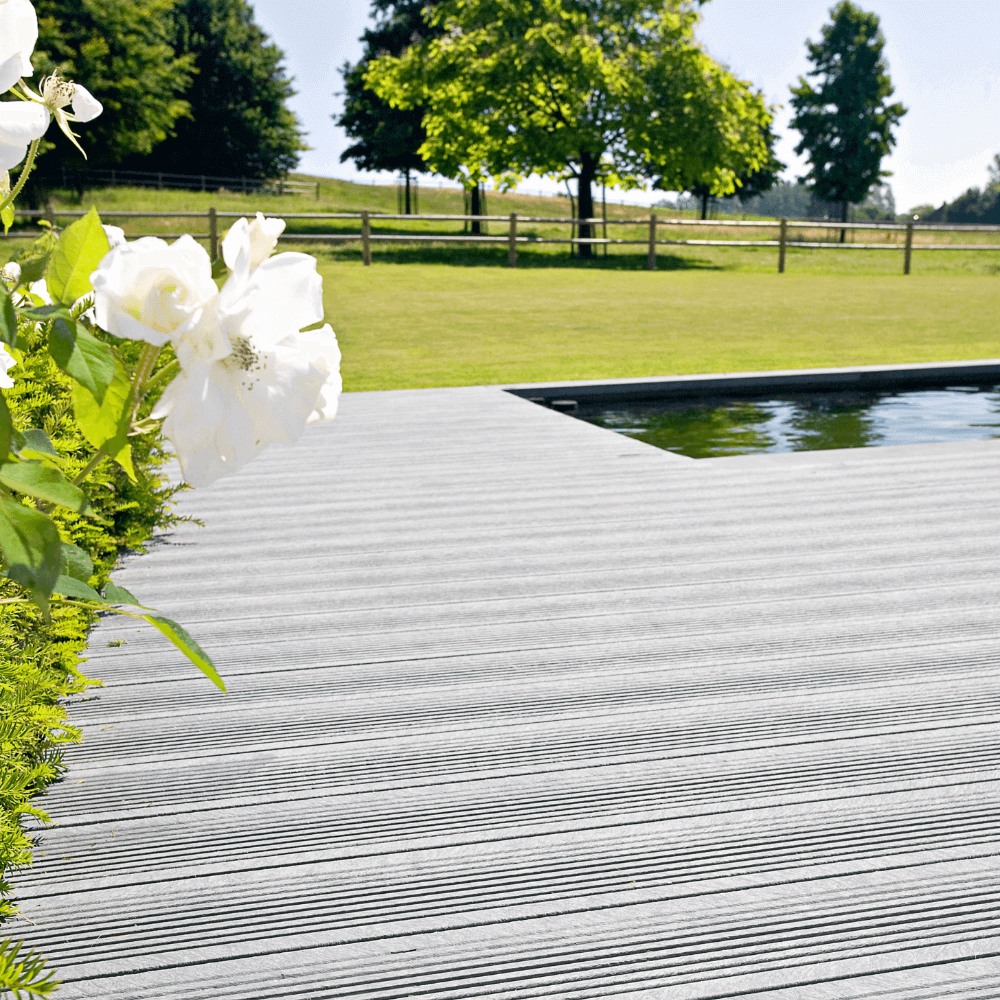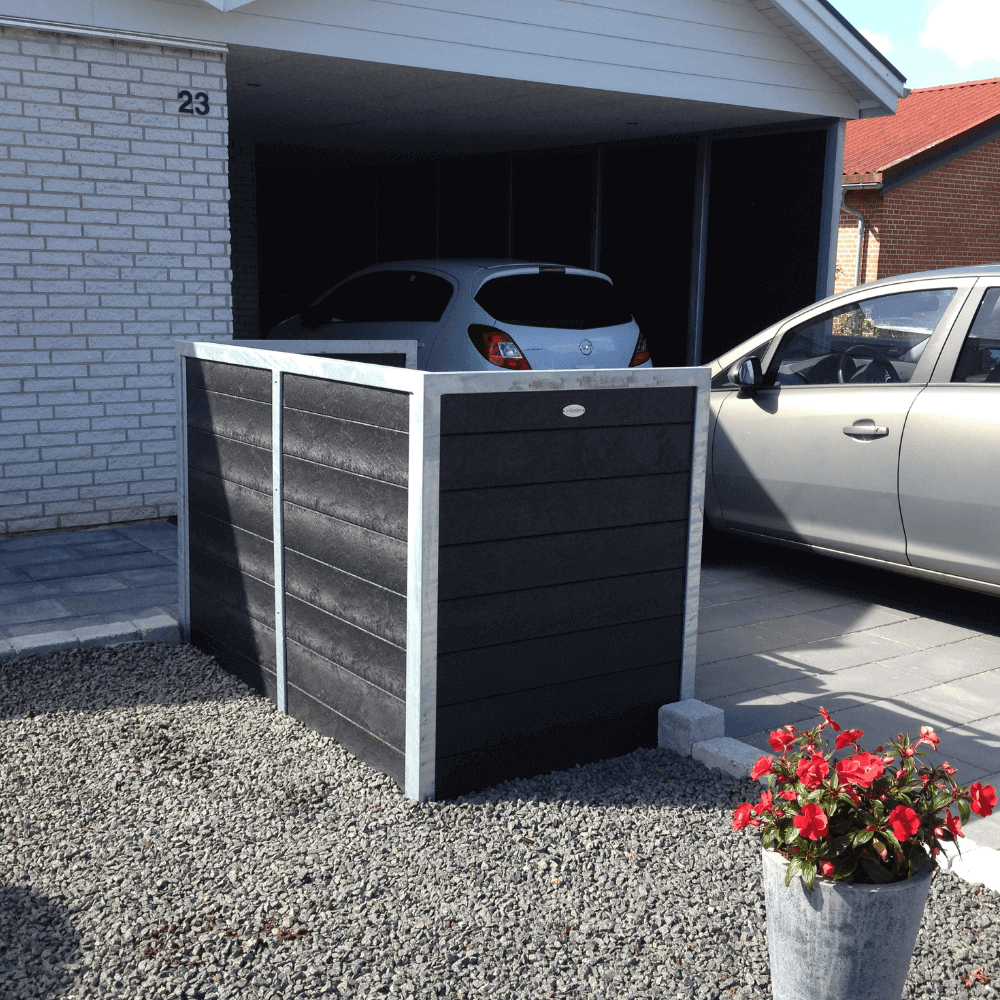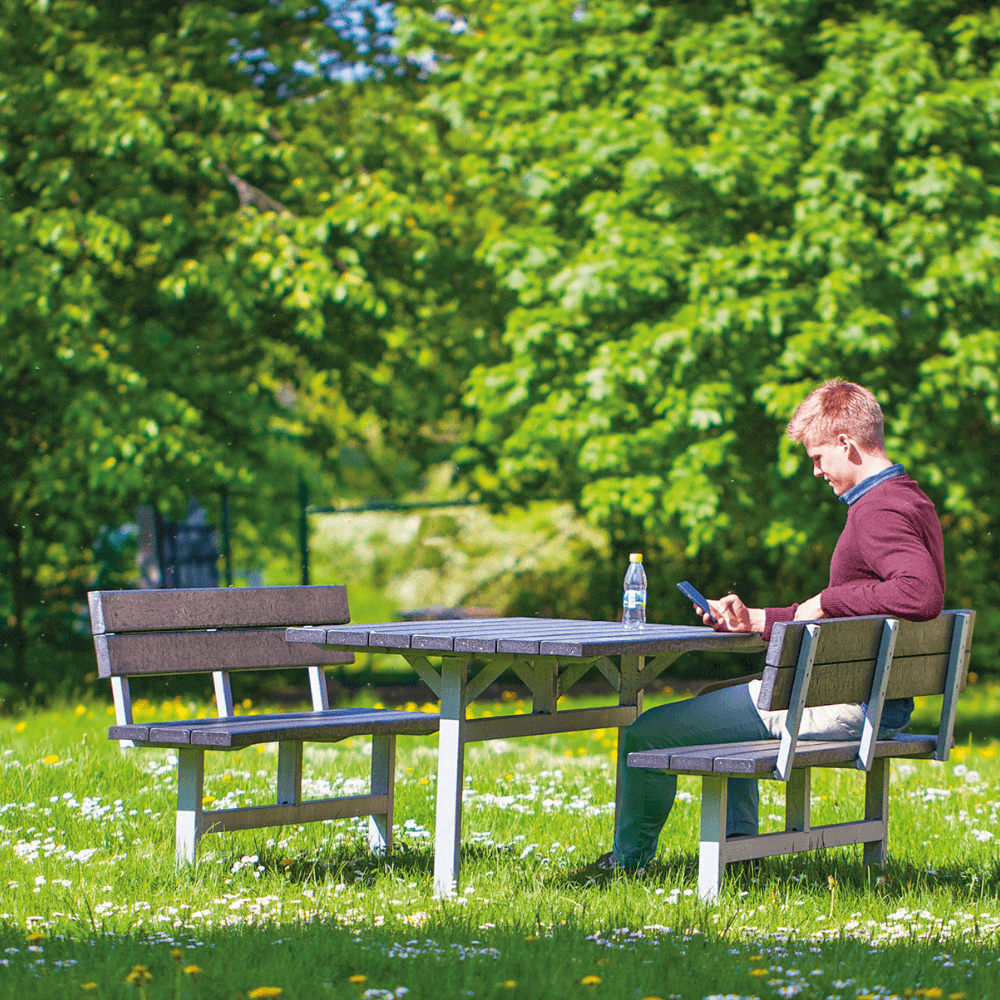Fertilizer
The soil from plant bags is fertilized so that it is sufficient for the first harvest. When you have harvested and want to sow or plant again, then fertilize. The exceptions are peas and beans, which do not need nitrogen.
You can use natural fertilizers, e.g. chicken and / or cow manure granules. It has many natural ingredients and the plants love it. How much you need is on the bags. Feel free to use a little more than the manufacturer states, because you grow intensively - that is, many vegetables on a small area.
Of course, you can also use all other types of fertilizer - or maybe you have chickens and thus fertilizer at hand.
In our garden encyclopedia, you will find all information about 45 different vegetables - including how much fertilizer the individual plant needs.
See garden encyclopedia HERE!
Sow or plant
Carrots, parsley and parsnips MUST be sown directly in the bed. They CANNOT be moved once it has sprouted.
Typically, lettuce, spinach, peas, beets, beans, parsley, dill and chives were also sown directly in the bed. It can also be sown in small pots - e.g. inside in the spring - and then planted out when it has reached a certain size.
Cabbage, leeks, celery, tomatoes, cucumbers, squash are usually sown in small pots indoors and planted out later- You can also buy the plants "finished" in garden centers - ready for planting. This also applies to various herbs and salad.
Onions and potatoes: Buy ready to put in the ground.
Sowing in small pots and planting out later is called: SEEDING or more correctly PRECULTIVATION. You can see more:
»READ about how and why you germinate / pre-cultivate here!
»Watch VIDEO about germination here!
How to SOW directly in the raised bed?
You can buy seeds in many places in physical stores: Nurseries, garden centers, grocery stores. You can also buy online - click here for suggestions.
You do not have to worry so much about which varieties you buy to begin with. It's just getting started.
The very first thing you can sow is radishes and spinach. Then carrots, lettuce and peas.
See in our garden encyclopedia how warm the soil must be before the seeds will germinate. CLICK HERE.
Before sowing, make sure that the soil is sufficiently moist. It must NOT be dry. Water if necessary if necessary. But do not water too much. The soil should be moist - but not wet. That is, if you pick up a handful of soil, it must not drip when you press.
When planting the seeds in the soil, make sure that the soil is neither too hard nor soft. If you have just filled soil in the bed, it may be too loose. Then the roots of the plant will not be able to get a proper grip.
The soil, on the other hand, must not be hard, so you must loosen it with a digging spoon or a handle. The ground should preferably have a consistency so that you can stick your hand down to your wrist by twisting it back and forth - that is, by using a little force.
The sowing itself
Make a groove in the ground with your fingers or with a plant box. How deep the seeds should lie in the ground, you look at the seed bags. Take the seeds up in your hand so you can better control how close you sow. Never pour directly from the bag.
See in our garden encyclopedia how far there should be between the plants. You can also see this on the seed bags - but you will usually be able to do so closer, because the plants must grow in a raised bed. The seed companies do not take this into account.
By the way: Do not be confused by the fact that different distances between seeds / plants and sowing depths are stated depending on where you read. It is not EXACT science. Use your common sense and gain your own experience. Imagine the finished plant that comes from each seed. Then it goes without saying that e.g. should be 5-6 cm between carrot plants.
Distance between PLANTS is not the same as distance between SEEDS. Not all seeds germinate. Therefore, you need so closer than recommended finished planting distance. Typically, it is not possible to distribute the seeds exactly, so you automatically get to sow a little extra.
As soon as the plants have come up, remove any "excess" plants so that the recommended / logical distances are more or less observed. Otherwise the plant will not be able to develop properly.
If necessary, use the plants you pull up in lettuce so that they do not go to waste. They are healthy and taste wonderful.
When the seeds are sown, cover with soil and press the soil well.
How to PLANT in the raised bed?
Plants that you have germinated yourself must have a certain size before you plant them out. It is described as follows: they must be "manageable". This means that you must be able to get the plant incl. roots and soil up the pot without destroying it.
Something else is that the temperature in the bed must be in order. It does not work if it is too cold. Preferably, the change from indoor to raised beds should be as gentle as possible. This also applies to plants purchased.
When planting, the soil should be moist enough - just as if you were sowing. Be as careful as possible - take care of the roots. Put the plant at about the same height in the ground as in the pot. Press the soil firmly around the plant so that the roots can grip the surrounding soil. Distances between plants can be found in the garden encyclopedia.
Remember to water - carefully
Now comes the hard part?
Watering is required - CAUTION! Even if the soil is sufficiently wet, water MUST be watered after sowing or planting. This causes the soil to gather around the seed / plant, which therefore "gets a better grip".
But remember: CAUTION! You can easily water the seeds away or damage the plant.
Use a spreader on the water jug or hose, which gives SOFT jets. Try the jet BEFORE watering directly in the bed! It must NOT be hard. If the jet is not ABSOLUTELY soft, then water next to the seed groove or the small plant so that the water spreads gently into the seeds / plants.
This also applies to the next few weeks, which are the most critical in a plant's life. Under no circumstances should the soil dry out and do not damage sprouts and plants by watering too hard.








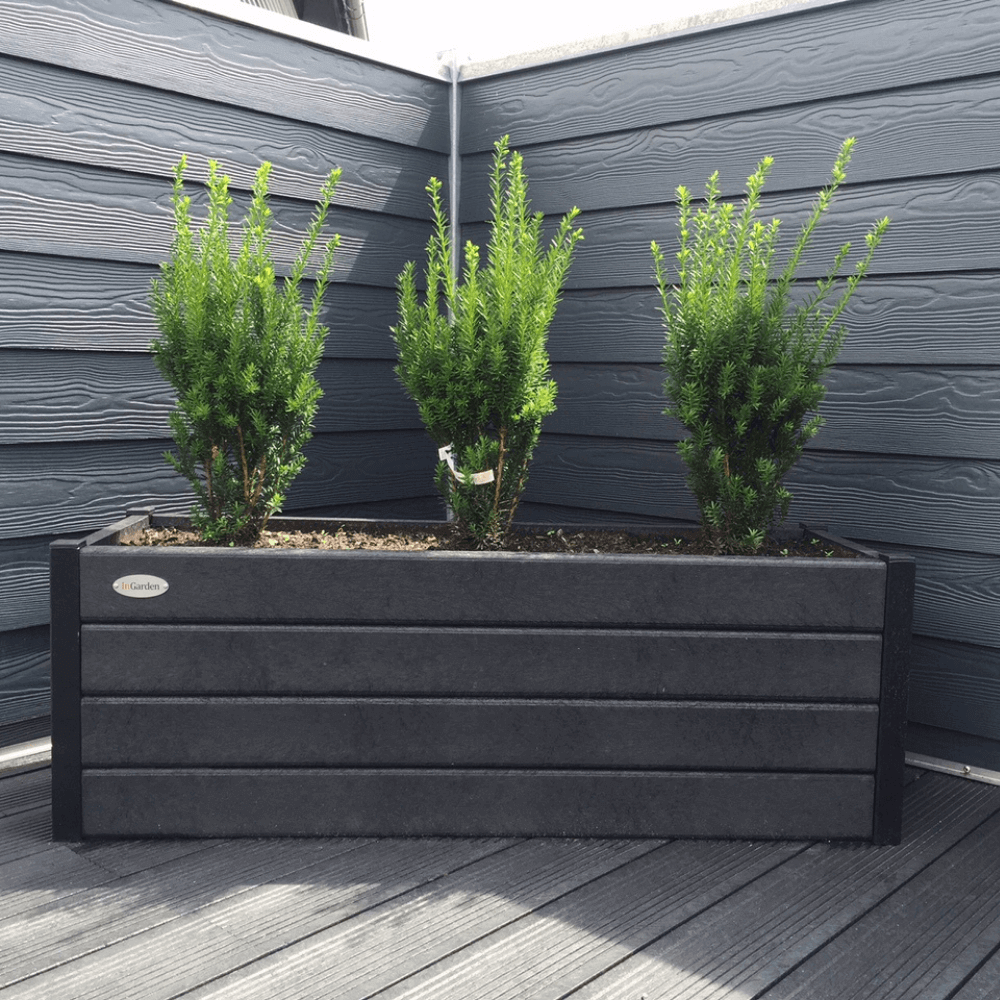
-1.backdrop.png)
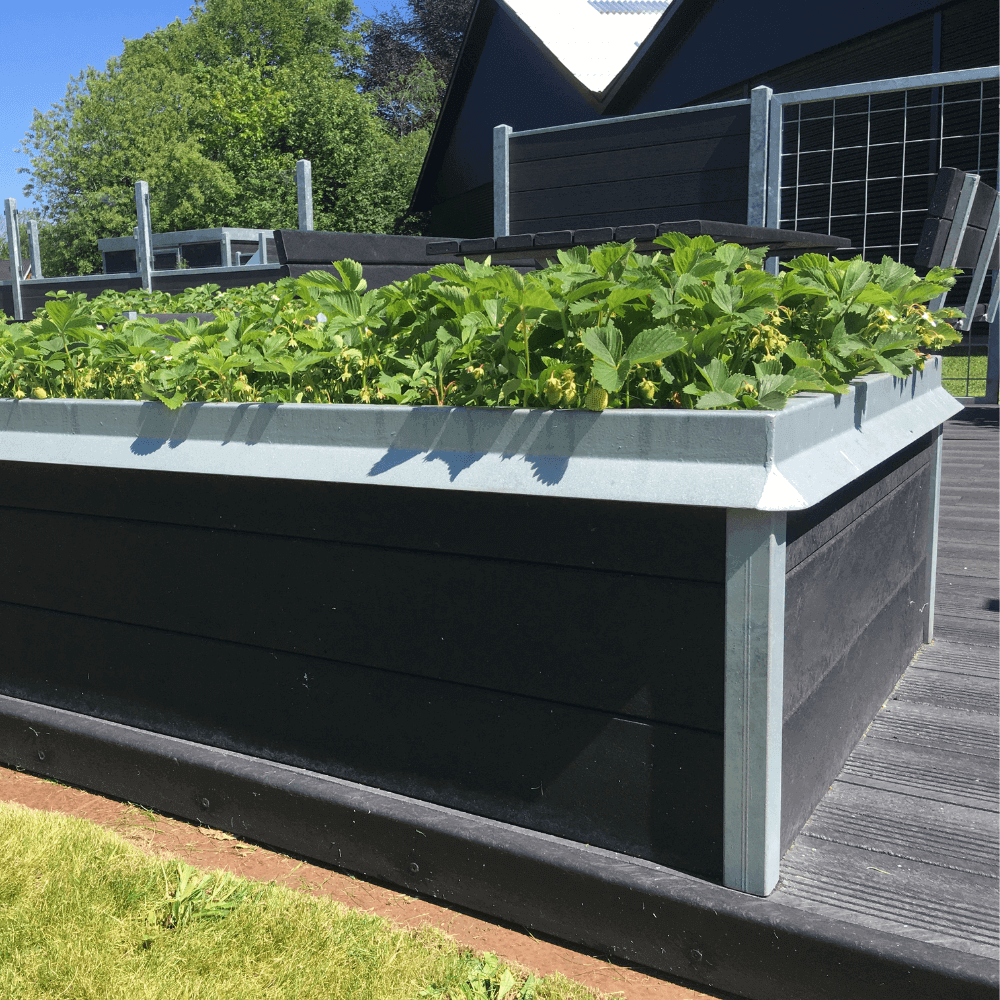
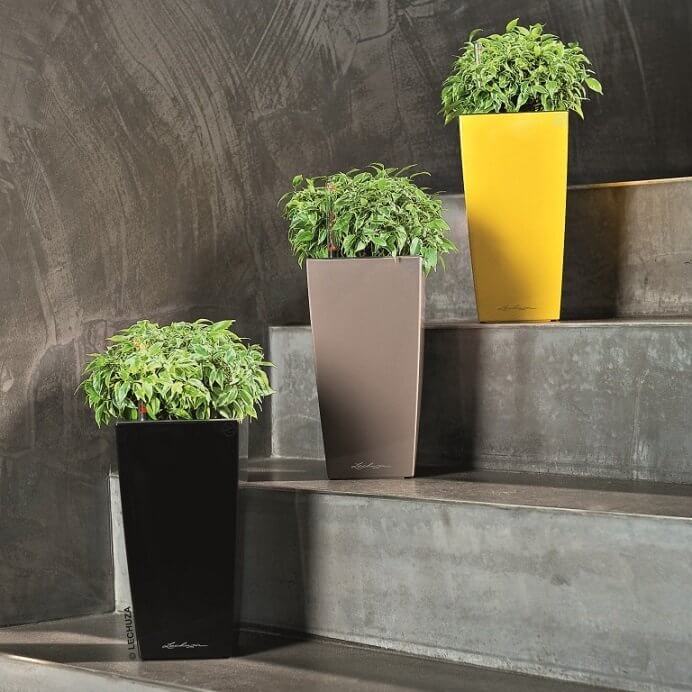
-1.backdrop.png)
